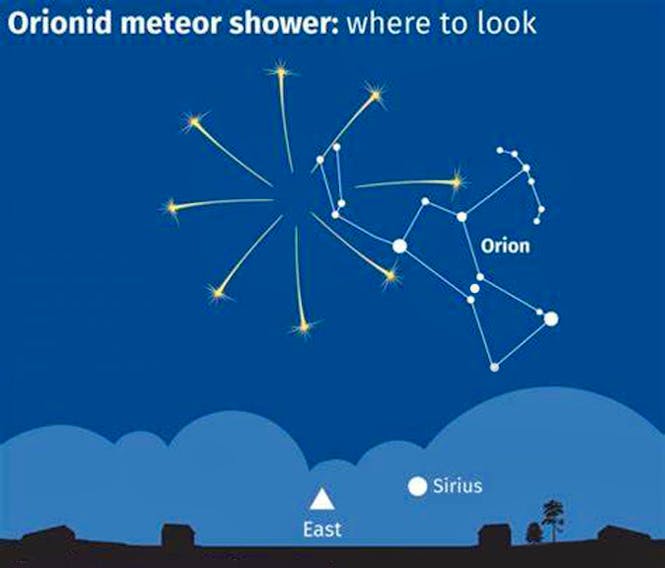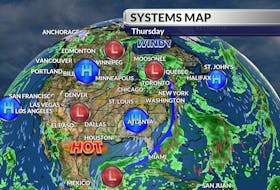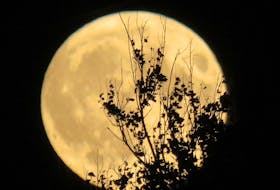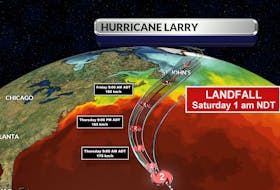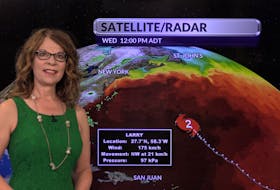What a sight! But what was it?
“… last evening while driving on Route 12 from Chester to Kentville, I saw a large bright streak descending at (a) 60-degree vertical angle from north to the northwest. Whatever it was caused a long hot trail, quite wide relative to the usual shooting stars/meteorites. It did not burn out and the trail remained illuminated, appearing flat not cylindrical. I half expected some form of explosion/impact. Any info on what it was?" - Gary Boates
Gary, I hope you made a wish. You were fortunate enough to see a meteor streak across the sky. It’s time for the annual Orionid meteor shower.
Did anyone else spot a light racing across the sky last weekend?
According to astronomers, the absolute best time to look for the Orionids was before sunrise this morning. Don't worry, you didn't miss much. Mother Nature did not co-operate; thankfully, this shower is known for an extended peak, so you should have a good chance of seeing some meteors if you get up early and the weather is favourable over the next few days.
To spot these, you’ll have to be focused; they travel at a velocity of about 66 kilometres per second. That said, some of these meteors leave persistent trails that last for a few seconds.
Where to look:
The Orionids are so named because their trails appear to originate from the same general area of the sky as the constellation Orion and the bright star Betelgeuse, but if you look up and in the darker part of the sky, you won’t miss them.
Some years, moonlight can interfere in the show but this year, the moon will set before peak morning viewing hours.
Have you ever wondered what the connection is between meteorology and meteors? The term meteorology dates back to early Greece. Greek philosophers of that era conducted the earliest known scientific studies of the weather. It was in that period that Aristotle wrote Meteorologica (340 BC), a seminal work discussing various atmospheric phenomena, as well as geology, shooting stars and oceanography.
At the time, the word “meteor” referred to rain, hail, clouds, snow, rainbows, etc. - any substance suspended in the air or that fell from the sky. Even today, cloud physicists and other scientists refer to raindrops as hydrometeors.
Since most of Aristotle’s Meterologica dealt with weather phenomena and his views on how they occurred, “meteorology” came to be used when referring to the study of weather and the atmosphere.
- Want more weather information? Visit your weather page.
- Have a weather question, photo or drawing to share with Cindy Day? Email [email protected]
Cindy Day is the chief meteorologist for SaltWire Network

